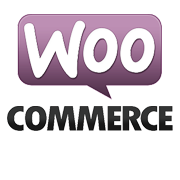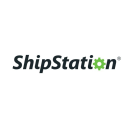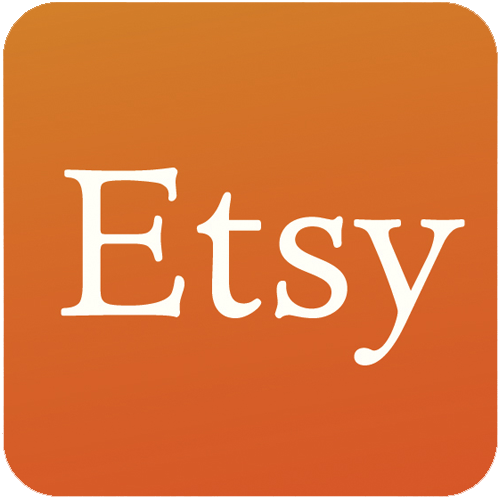Inventing A Keychain Tool And Growing to $42K/Month
Hello! Who are you and what are you working on?
Hi guys. I’m Mike Scully, founder of Lever Gear. We design “everyday carry” tools and accessories that are easy to carry and help people get things done.
Our first product, the Toolcard Pro, is a credit card sized multi tool with 40 tools including an optional snap-on money clip. It slips easily into your wallet or it can be your wallet.
We launched the Toolcard Pro on Kickstarter in Spring of 2016 raising just over $100k through crowdfunding.
Since then, we’ve sold over 25,000 toolcards in over 80 countries. We just launched our next products, the BitVault and BitLight, which are currently on Indiegogo. We hope to begin selling the BitVault in November and the BitLight soon after.

Download the report and join our email newsletter packed with business ideas and money-making opportunities, backed by real-life case studies.

Download the report and join our email newsletter packed with business ideas and money-making opportunities, backed by real-life case studies.

Download the report and join our email newsletter packed with business ideas and money-making opportunities, backed by real-life case studies.

Download the report and join our email newsletter packed with business ideas and money-making opportunities, backed by real-life case studies.

Download the report and join our email newsletter packed with business ideas and money-making opportunities, backed by real-life case studies.

Download the report and join our email newsletter packed with business ideas and money-making opportunities, backed by real-life case studies.

Download the report and join our email newsletter packed with business ideas and money-making opportunities, backed by real-life case studies.

Download the report and join our email newsletter packed with business ideas and money-making opportunities, backed by real-life case studies.
































